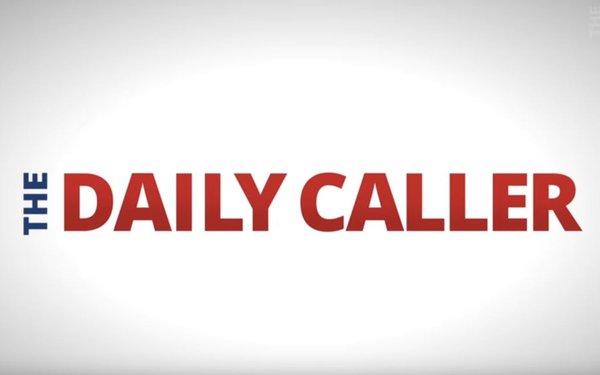Donald Trump is hardly the first public official to want to get back at his critics using libel laws. If he sues the publisher of “Fire and Fury,” the book on his presidency, he’ll likely fail. It’s worth revisiting why.
By the spring of 1960, the NAACP and its allies had been a thorn in the side of Southern white gentry for too long. When they got their chance, the segregationists struck back.
The opportunity came in the form of full-page advertisement published in the New York Times on March 20 and signed by the officers of the “Committee to Defend Martin Luther King and the Struggle for Freedom in the South.” At issue was the third and sixth paragraphs of the ten paragraph advertisement, both of which charged Alabama state officials—namely, those in Montgomery—with conduct exceeding contemptible: expelling students from school for singing “My Country, ‘Tis of Thee” on the State Capitol’s steps; surrounding Alabama State College’s campus with police armed with shotguns and tear-gas; padlocking the school dining hall to coerce students to re-register; bombing King’s home; arresting King for bogus offenses.
Although the smattering of charges did not explicitly refer to any individual in particular, the locale, combined with references to state authorities, could have led readers to conclude the accusations pointed to specific public safety officials.
Or at least, that was what L.B. Sullivan, Montgomery’s supervisor of the police and fire departments, argued.
In fairness, Sullivan’s case was legally substantive at the time. Alabama law provided that a defamatory falsehood uttered about a person was sufficient to support a charge of libel per se, and there were factual inaccuracies in the advertisement obvious to anyone paying close attention in Montgomery. Defendants’ only legal defense was to prove their statement was true.
Accordingly, Sullivan filed suit against the Times. The trial, overseen by segregationist Judge Walter Jones, ended with an unsurprising verdict for the plaintiff and a massive $500,000 damage award—or about $4 million today. Other pending libel cases threatened the Times with millions of dollars more in possible damages. The Alabama Supreme Court affirmed the judgment, and the defendants appealed to the U.S. Supreme Court.
Thankfully, the Justices saw the case for what it was: a government official using an unconstitutional state law to retaliate against criticism by citizens. In an opinion by Justice William Brennan, the court struck down Alabama’s law and instituted a new legal requirement of “actual malice” for defamation of public official, a standard now familiar to all First Amendment lawyers. The Constitution, held the Court, “prohibits a public official from recovering damages for a defamatory falsehood relating to his official conduct unless he proves that the statement was made . . . with knowledge that it was false or with reckless disregard of whether it was false or not.” In doing so, the Court blunted government’s capacity for retribution, yet maintained a remedy for instances of genuine defamation.
Sure, the Times’ advertisement was not factually precise, but imagine if it had to be. Every Tweet or Facebook comment containing a single falsehood about a public official could be subject to ruinous liability. Citizens and groups would dare not speak and the discourse essential to our republic’s survival would grind to a halt. Instead, the Court recognized the fundamental truth that a free marketplace of ideas—especially those critical of the government—is essential to liberty.
It’s worth noting that the Times was able to invoke the First Amendment without difficulty, as it casts the holding of another titan of free speech jurisprudence in a starkly different light. Citizens United v. Federal Election Commission reinforced the vast speech protections enshrined into federal law by decisions like New York Times v. Sullivan. Although Sullivan dealt with libel law where Citizens United concerned an outright ban on speech, the relationship between the two is clear: Had the Court in 1964 decided the Times, a corporation, did not have the same free speech rights as an individual, defeating Jim Crow would have proven that much harder.
In this era, it may seem counter intuitive to defend safeguards which allow misinformation and protect corporate speech. But freedom demands it. Notwithstanding a president’s threat to sue a publisher (a corporation) for its gossipy book, or frenzied calls to ban hate speech and fake news, Americans must remember the rights shielded by the First Amendment require breathing space to survive. That means tolerating unpopular speech and confronting threats to lawful freedom of expression wherever they surface.
This post originally ran in The Daily Caller on February 20th 2018.














